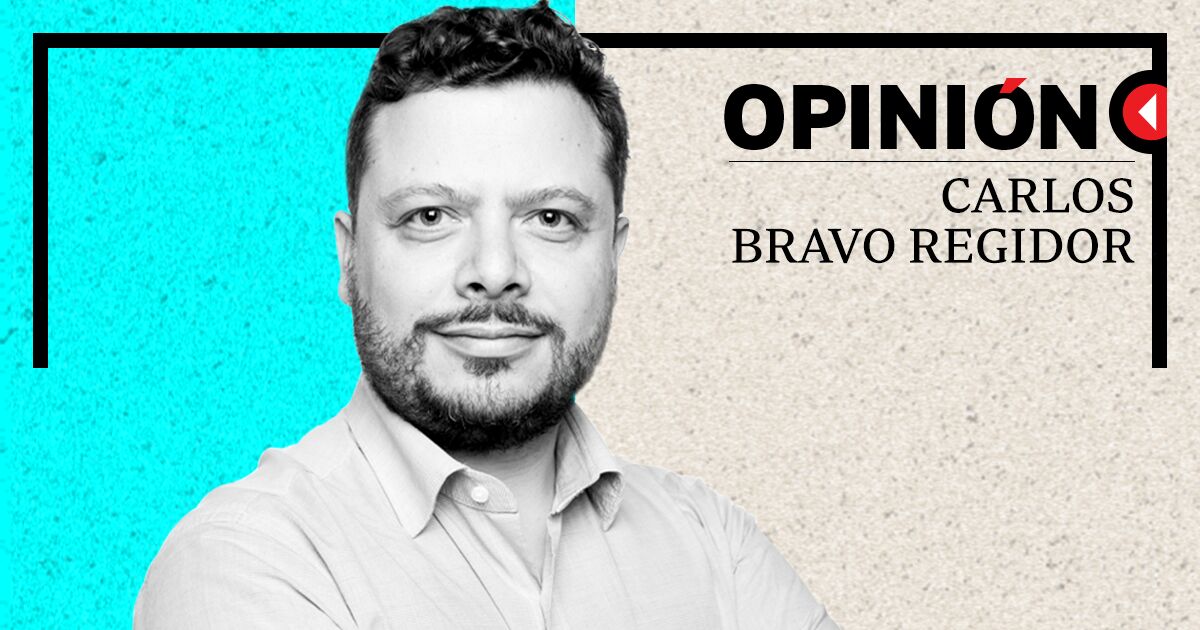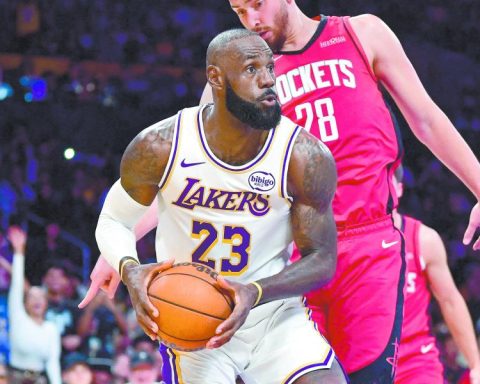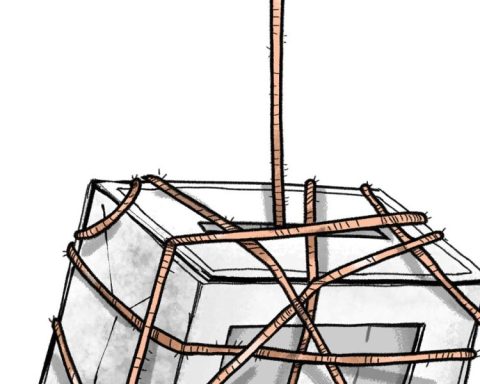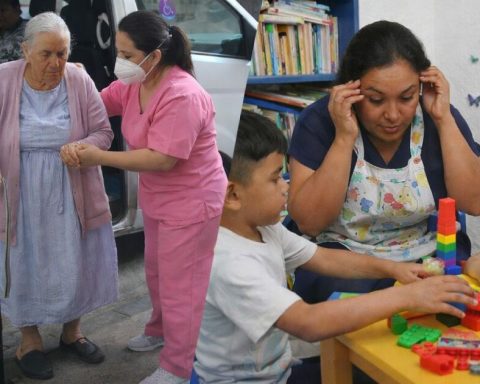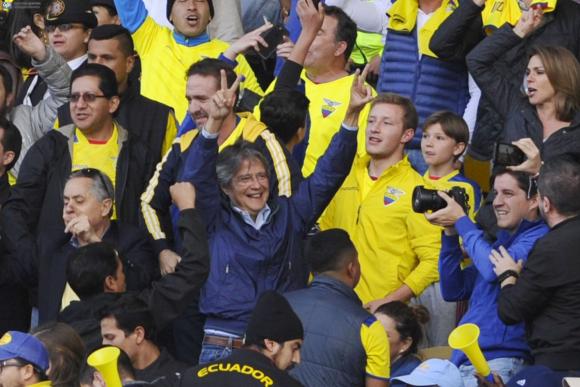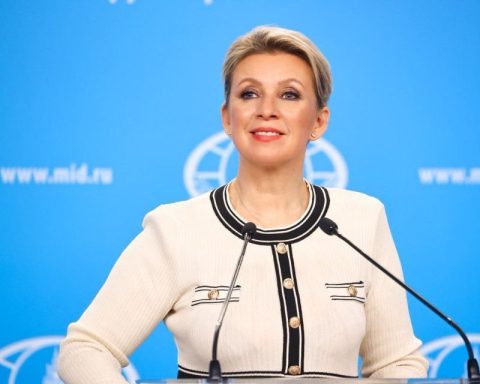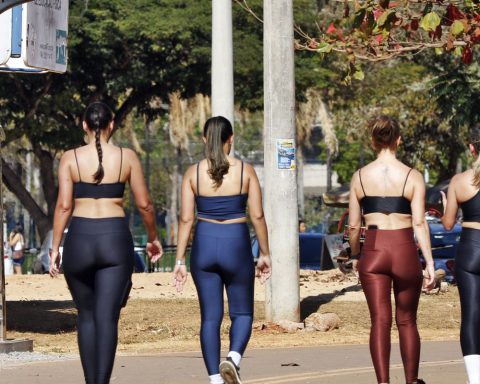In the midst of that wasteland that the opposition camp has become, however, the Citizen Movement (MC) began to emerge. First, abandoning the drag strategy that it followed during its first years of life, when it was called Convergence, and during which it sought all kinds of alliances in order to preserve the record that MC now has. After supporting the failed Alliance candidacy of Ricardo Anaya in 2018, the party decided to bet on itself, compete alone and consolidate itself as a new force in strongholds such as Jalisco, Nuevo León, Campeche, Chihuahua and Nayarit.
Second, recruiting cadres of clear progressive persuasion and recognized reputation (eg, Patricia Mercado, Salomón Chertorivsky, Clemente Castañeda, Martha Tagle or Jorge Álvarez Maynez, for example). Also opening the doors of the party to new faces, to young people with drive and talent (eg, Luis Donaldo Colosio, the #MorrasChilangas or Juan Ignacio Zavala Gutiérrez). And third, assuming, against the current of the centrifugal forces of polarization, a clear social-democratic ideological definition: a center-left “third way”, critical of both neoliberal modernization and López Obrador populism.
Of course, the emergence of MC has not been without setbacks. On the one hand, because the management of Enrique Alfaro as governor of Jalisco has not been, to put it kindly, what was expected. And, on the other hand, by the case of Samuel García in Nuevo León, an indisputable electoral success but whose figure as governor contradicts, to a large extent, the image that the party has sought to build for itself. All in all, Alfaro was debatable as a more complex problem, not only for the governor but for governance itself in Jalisco; and Garcia, with the forgiveness of the people of New Leon, as an eccentricity to a certain extent not so surprising in the land that had previously chosen the Bronco.
